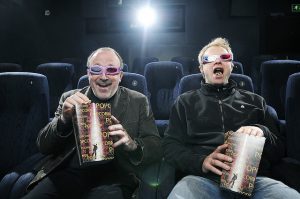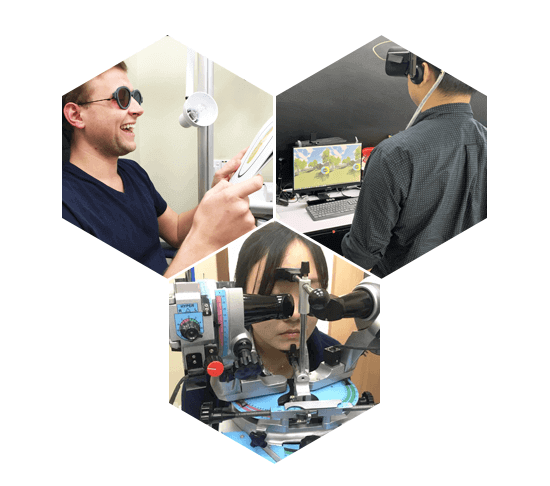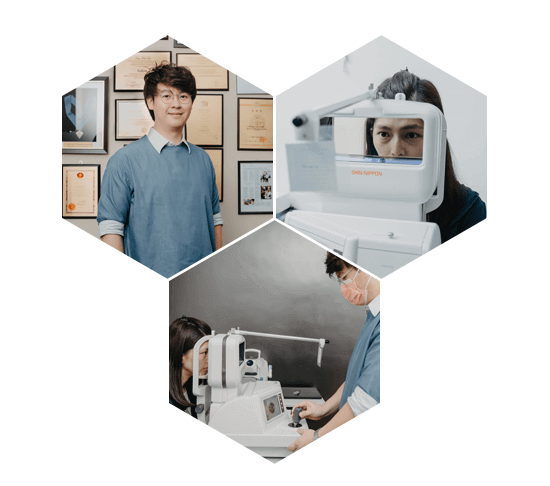Services

At Neuro Vision Specialist (NVS), we take immense pride in being the sole provider in Asia to hold a prestigious quadruple certification in the realm of neuro vision solutions. Our founder, Mr. Stanley, is an accomplished Fellow of the College of Optometrists in Vision Development (FCOVD), with dual certifications from both the U.S. and Australia, which underscore his exceptional proficiency in vision development, binocular vision, visual information processing, and vision therapy. Furthermore, Mr. Stanley holds the esteemed board certification of the College of Syntonic Optometry (FCSO) in the United States, specializing in Syntonic Phototherapy—an innovative light therapy approach seamlessly integrated into our comprehensive neuro-optometric programs.
This unique blend of qualifications solidifies NVS as the foremost authority in Asia when it comes to comprehensive neuro vision solutions. We are wholeheartedly committed to enhancing the visual well-being of our patients, and our credentials underscore our dedication to excellence.
EYE TURN / STRABISMUS / MATA JULING / 斗鸡眼 / 斜视
Strabismus, commonly known as ‘crossed eyes,’ may create the appearance of misaligned eyes, but it’s fundamentally a condition characterized by eye misalignment. Strabismus, also referred to as ‘Eye Turn’ or ‘Mata Juling 斗鸡眼/斜视,’ is a condition where both eyes do not converge and focus on the same point at the same time.
Depending on the direction in which one eye turns, strabismus manifests in various forms. These include esotropia (inward eye turning), exotropia (outward eye turning), hypertropia (upward eye turning), and hypotropia (downward eye turning).
The visibility of strabismus, or ‘Eye Turn’ (Strabismus, Mata Juling 斗鸡眼/斜视), can vary among adults. Sometimes it is noticeable, while at other times, it may go unnoticed, particularly when the eye misalignment occurs primarily during close-up tasks or under certain conditions such as fatigue or illness.
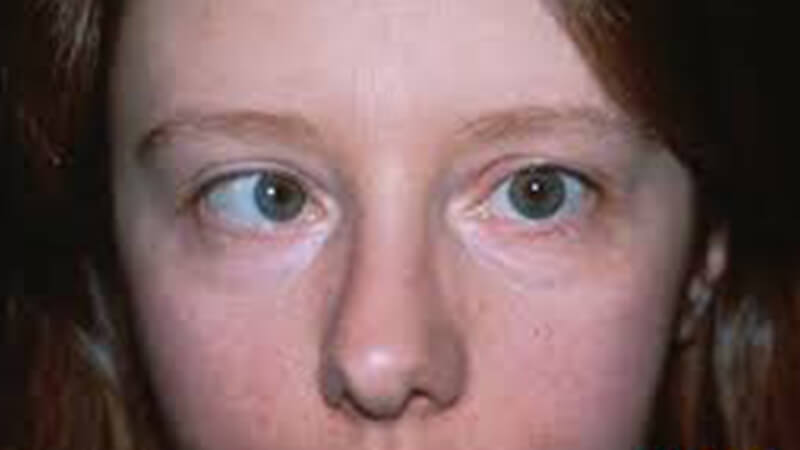
LAZY EYE / AMBLYOPIA / MATA MALAS / 懒惰眼
Amblyopia, commonly referred to as ‘Lazy Eye’ (Amblyopia, 懒惰眼), is a condition rooted in the brain’s tendency to disregard visual input from one eye. Unfortunately, even with the use of corrective eyewear like glasses or contact lenses, as well as surgical interventions, vision in the affected eye typically remains unimproved.
Lazy Eye often arises in response to an eye misalignment, where one eye fails to properly align with the intended target. In such cases, the brain suppresses the input from the misaligned eye to avoid the confusion caused by processing two different visual images.
Moreover, Amblyopia can develop when one eye’s visual acuity lags behind the other, and if left untreated, the underperforming eye can become ‘lazy’ due to lack of use. It’s essential to understand that Lazy Eye (Amblyopia, Mata Malas 懒惰眼) does not resolve naturally. While it was previously believed that treatment might not be effective beyond the ages of 7 or 9, recent advancements in optometric vision therapy research have disproven this notion. Regardless of age, therapy and training for Lazy Eye can be pursued, tailored to address the specific underlying causes of the condition.
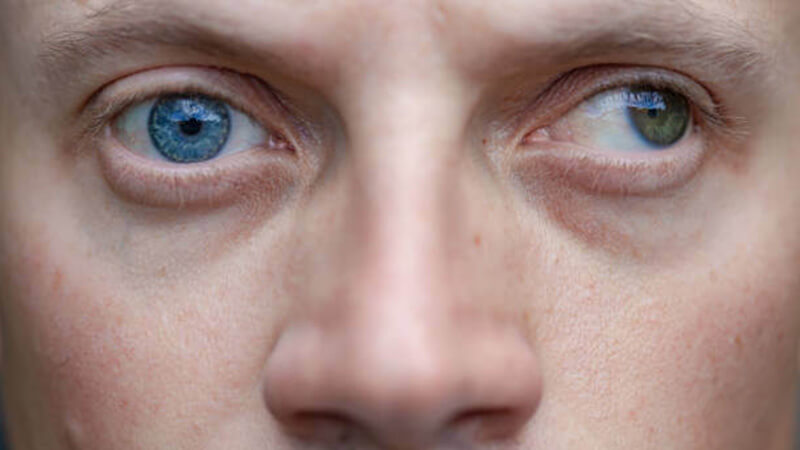
Critical Treatment Window For Eye Turn and Lazy Eye
“You may have heard about the concept of a ‘golden period’ for treating Strabismus and Amblyopia, suggesting that there’s a point beyond which addressing eye alignment or lazy eye issues is deemed impossible. However, recent research has shed light on the fact that it’s never too late to correct these conditions, even during adulthood. At our practice, we specialize in Behavioral and Developmental Optometry, allowing us to provide assistance to patients of all age groups in learning how to effectively use their eyes.
Whether you’re seeking treatment for eye misalignment (Strabismus, Mata Juling, 斗鸡眼/斜视) or lazy eye (Amblyopia, Mata Malas, 懒惰眼), the initial step is to schedule a comprehensive Neuro-functional vision evaluation with our Behavioral and Developmental Optometrist. This assessment will help determine the extent to which vision issues may be contributing to your difficulties. Following the evaluation, our optometrist will arrange a separate appointment to discuss the results with you and recommend a tailored treatment plan for Strabismus or Amblyopia.”
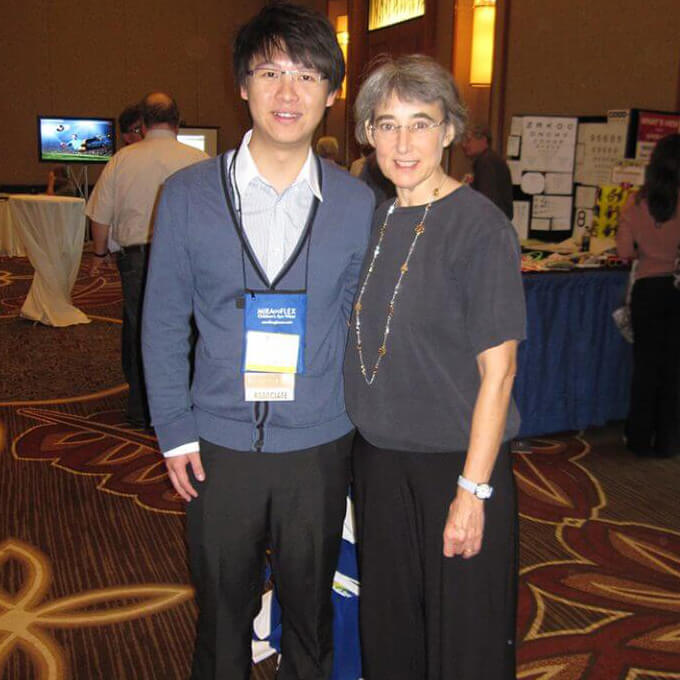
MR STANLEY WITH DR BARRY - EVEN ADULTS CAN BE HELPED WITH NEURO VISION THERAPY
Dr. Susan R. Barry, a distinguished neuroscientist and professor based in the United States, has personally encountered the benefits of vision therapy during her adulthood. Her inspiring journey is chronicled in her book, ‘Fixing My Gaze: A Scientist’s Journey into Seeing in Three Dimensions.’ In Chapter 3, Dr. Barry openly shares her childhood experiences following three strabismus surgeries:
“Although my eyes appeared straight and properly aligned after the surgeries, I still faced challenges in using them as most people do. Both of my eyes had 20/20 vision and passed standard school vision screenings without any problems. Nevertheless, my vision was far from typical because I struggled to coordinate both eyes effectively. The thought of starting grade school filled me with anxiety… When I attempted to focus on the letters on the page, they seemed to move aimlessly. As the print size decreased, my eye condition became more pronounced…”
It’s important to recognize that, apart from her vision difficulties, Dr. Barry did not experience any developmental delays or obstacles. It’s important to consider the substantial visual confusion that a child with special needs may face after undergoing eye surgery compared to their typically developing peers. The uplifting news is that we possess the capability to aid both typically developing and special needs children in addressing their eye disorders, often without the necessity for surgery. For situations where surgery is deemed essential, we can offer effective post-operative care to maximize the chances of achieving the best possible outcomes.
STRABISMUS AND AMBLYOPIA: IMPACT ON ADULT LIFE
Many cases of eye misalignment (Strabismus, Mata Juling 斗鸡眼/斜视) are readily noticeable, causing those affected to often feel self-conscious. However, when the eye turn occurs sporadically or intermittently throughout the day, it may not be as apparent to others.
A significant number of adults underwent surgery during their younger years to address eye misalignment (Strabismus, Mata Juling 斗鸡眼/斜视). While this surgery may have corrected the outward appearance of their eyes, it frequently does not restore full functionality to both eyes. Consequently, their eyes may not work harmoniously to provide the complete 3D vision they should ideally have.
Eye misalignment (Strabismus, 斗鸡眼/斜视) and/or lazy eye (Amblyopia, 懒惰眼) can have notable implications on various aspects of adult life, including reading, driving, sports performance, and even one's ability to work effectively. In today's world, having the ability to perceive in 3D has become increasingly important, and individuals with eye misalignment and/or lazy eye may struggle to experience the full 3D effects in movies and other forms of entertainment.
TREATMENT OPTIONS FOR ADULTS WITH EYE MISALIGNMENT OR LAZY EYE
At the Neuro Vision Specialist Centre, our behavioral and developmental optometrists offer highly effective non-surgical therapy for addressing eye misalignment (Strabismus, Mata Juling 斗鸡眼/斜视) and lazy eye (Amblyopia, 懒惰眼). Our expertise enables us to guide our patients in the proper utilization of both eyes, fostering depth perception (the ability to perceive in 3D).
Much like there is physical therapy and speech therapy, there is also Vision Therapy—an intervention designed for the eyes. Our optometrists at NVS are certified to administer optometric Vision Therapy within our practice. We have the capability to instruct both children and adults on the correct usage of their two eyes and provide training to address various visual issues that may not be fully resolved with the use of glasses, contact lenses, or surgical interventions.
COMMON INDICATIONS OF EYE MISALIGNMENT (STRABISMUS, MATA JULING, 斗鸡眼/斜视) AND LAZY EYE (AMBLYOPIA, MATA MALAS, 懒惰眼)
- One eye appears to inwardly (esotropia) or outwardly (exotropia) turn, either consistently or intermittently.
- Both eyes exhibit an inward or outward turn.
- Eyes exhibit irregular movements, either continually or sporadically.
- Squints or closes one eye.
- Covers one eye while reading or examining nearby objects.
- Difficulty responding to specific visual stimuli.
- Struggles to track moving objects.
- Collides with objects while walking.
- Challenges in perceiving depth.
- Poor eye-hand coordination (e.g., difficulties in handwriting).
- Uses a finger to maintain place while reading.
- Skips words while reading aloud.
- Moves the head while reading.
- Complains of blurred or double vision (diplopia).
- Experiences difficulty perceiving in 3D.
IS IT TOO LATE FOR ADULT TO RECEIVE TREATMENT?
Many individuals believe that vision therapy is primarily intended for children, but it is equally valuable for adults. In fact, vision therapy can often yield more significant benefits for adults because they are typically more motivated to enhance their visual abilities. In contrast, children may not always recognize their vision issues or understand how these issues can impact their interests and future.
Numerous adults encounter challenges when engaging in tasks that require sustained near-centered focus, such as reading, writing, and computer work. These difficulties don’t simply disappear with age. Children with visual problems often continue to experience these issues as they grow into adulthood.
The question arises: Why are older children, teenagers, and adults with Lazy Eye still being told that there’s nothing that can be done for them? This question is addressed by neurobiologist Susan R. Barry, Ph.D., and Rachel Cooper.
HOW VISION PROBLEM AFFECTS YOUR LIFE?
Adults often develop various strategies to compensate for their visual challenges, enabling them to carry out demanding visual tasks. It’s not uncommon for adults to return home from work feeling utterly exhausted, even if their work primarily involves desk-based paperwork. In some cases, the fatigue may be comparable to completing a strenuous 10K race.
In contrast, children typically lean towards avoiding tasks that they find difficult or that make them feel inadequate.
HOW TO IMPROVE YOUR VISION?
A Neuro-Developmental & Behavioral optometrist can assist in alleviating the strain associated with close-up tasks and address various other visual issues. The right combination of lenses and vision therapy can significantly enhance an adult’s performance at work or in sports, much like it does for school-age children.
We acknowledge that you may have several inquiries, especially if this is your first time learning about a potential vision problem. Please don’t hesitate to contact our office with any questions.

